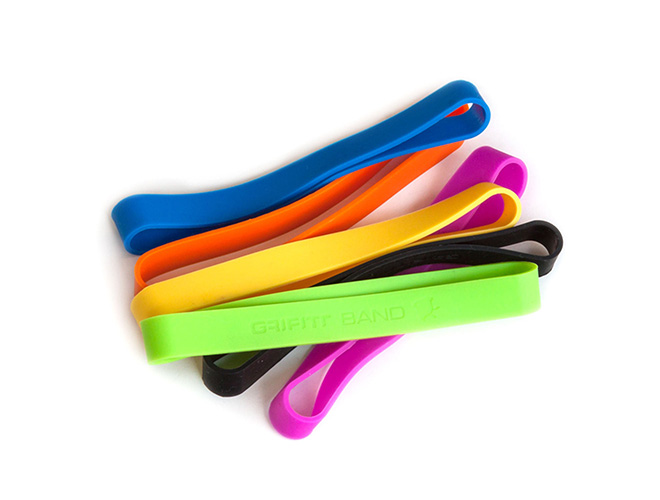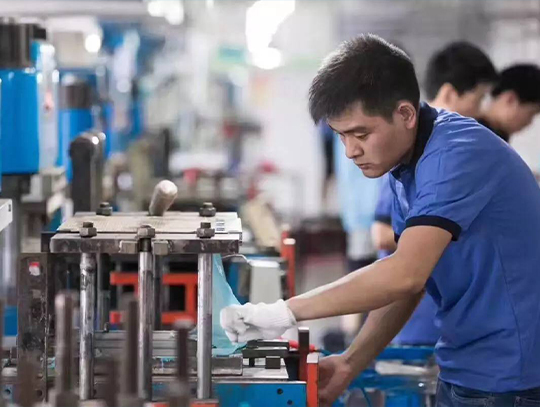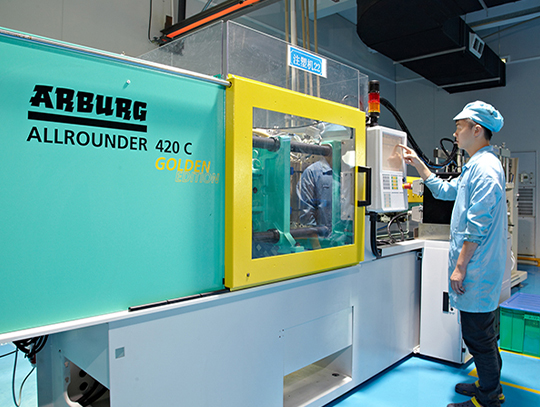Silicone according to the physical properties of raw materials can be divided into solid silicone and liquid silicone two categories, solid silicone is mainly used for molding products, such as silicone tableware, silicone rubber toys, liquid silicone is mainly used for extrusion molding products, such as silicone rubber pacifier, silicone rubber tube, etc.


1. Extrusion molding process
The extruder head is also the cross section shape of the product, with a certain length, under the action of force and temperature, the product out of the head has been vulcanized. The process of product is generally bar products, product cross section can be various. Commonly used products: silicone straw.
2. Solid state hot pressing process
This process is to use the temperature and pressure of hydraulic press, with the help of a mold to vulcanize the product. This process is relatively low cost, high output, application is common. It is mostly used in monochrome silica gel products; Can also be applied to double color double hardness product or multicolor hardness, commonly used products: tableware, children's toys.
3. Liquid injection molding process
The technical requirements of equipment have silicon injection machine, pressure machine, its raw material is water mixture thickens. Points A, B two groups, its principle is: use pressure machine pressed part A and part B of the raw materials according to 1:1 to the mixture in the cylinder injection machines, through the nozzle and then pressed it into hot mold cavity forming, this process molding temperature is relatively low, can be 130 degrees, It can be used to not resistant to high temperature of the plastic package of plastic forming, it has advantage than solid-state extrusion molding, high output, it is easy to automate production, is a commonly used products: the pacifier, maternal and child supplies.

1. Shrinkage rate:
Although LSRS do not shrink in the mold, they often shrink by 2.5% to 3% after demold and cooling. From the mold perspective, the shrinkage can be influenced by several factors, including the temperature of the mold, the temperature at which the rubber is released, and the pressure in the mold cavity and the subsequent compression of the rubber.
2. Parting line design:
Determining the position of the parting line is one of the first steps in the design of liquid silicone mold. Because of the low viscosity of LSR, the parting line must be accurate to avoid glue overflow.
3. Exhaust design:
With the injection of LSR, the air trapped in the mold cavity is compressed when the mold is closed, and then discharged through the ventilation groove during the mold filling process. If the air can not be completely discharged, it will stay in the compound (which often causes the product part to show the white edge). The exhaust groove is generally designed with a width of LMM-3mm and a depth of 0.004mm-0.005mm.
4.Glue point design:
Liquid silicone mold with cold runner system, can maximize the strengths of the rubber, and the production efficiency can be up to the ceiling, rubber injection nozzle consist of needle valve for positive flow control into glue point usually design the size of the 0.3 mm to 0.6 mm.
5.Ejector System Design:
The most common demoulding techniques include push plate demoulding and gas cap demoulding.
6.Temperature control system design
The best way to use electric heating, usually using a belt heater, a barrel heater or heating plate heating. It is critical that the temperature field is evenly distributed throughout the mold to promote uniform curing of the LSR, and each set of heaters needs to be temperature controlled independently.
